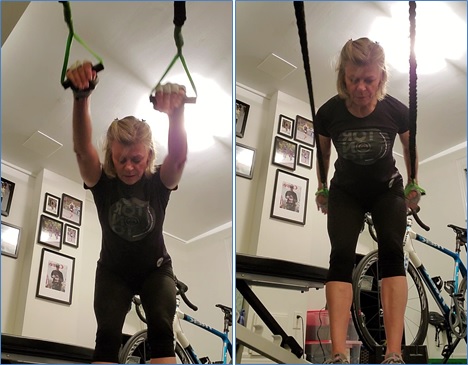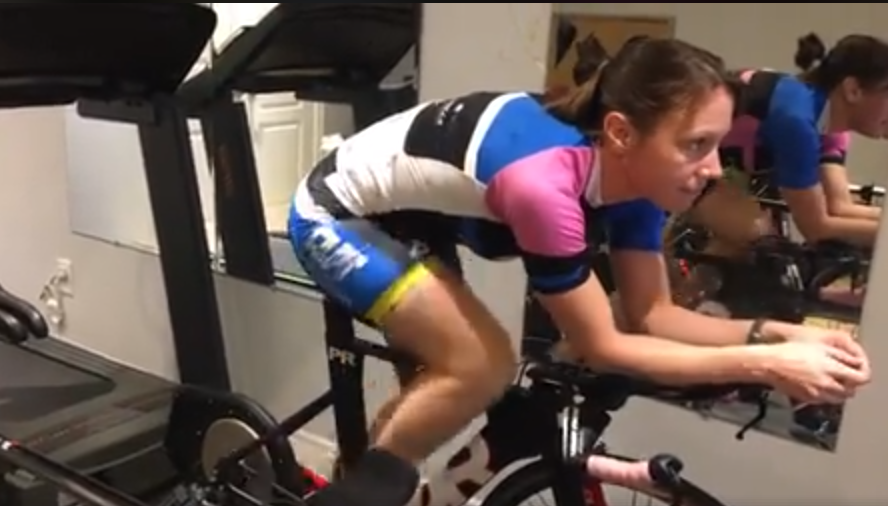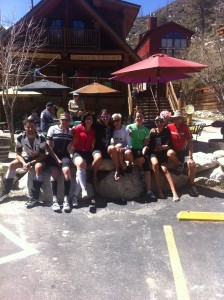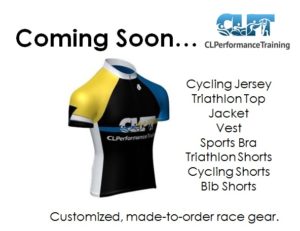January is traditionally a month of setting goals and rejuvenating our training programs. This year is no different, as we look forward to getting back to racing, in whatever form that takes.
Many of us have been engaging in alternative activities to keep ourselves occupied during the lock downs and gym closures. Running challenges and virtual triathlons like the Subaru Triathlon DIY series are great for keeping us motivated and testing ourselves, however, it’s important not to forget about the basics of our training to ensure we are properly prepared for race season.
Training programs are built in ‘blocks’ that prepare us for specific goals, so we are fit and peaking at the right time, and not over-training to the point of breaking down. Building a foundation or base is the first block; power and speed will come later. Without a strong foundation, building the durability of your body, the rest of your training program could be at risk for falling apart if your body isn’t ready for intensity and longer durations. Consider these next few weeks/months as an investment in a successful year!
What it should look like:
- About 8-12 weeks of steady and persistent build. The length of time you spend building this foundation depends on a few different factors, one being how many years and how consistent throughout those years you have been training for this sport. This period of training should be done regardless of the distance you are planning on racing.
- Overall strength work (upper body, lower body, core) – This should be done 2-3 times per week and should be done with a periodized strength plan that runs your through an anatomical adaption phase, strength phase and then into a strength maintenance phase.

- Swim – Drills for form and strength work using paddles and bands are used to develop your stroke and build some swim specific strength. Paddles and bands should be used with caution, however, to ensure you don’t create or aggravate an injury to the shoulders. Note: When pools are not available due to the lockdowns, doing some dryland swim training will help keep your swim muscles strong and help maintain and even improve your swim technique.
- Ride – Cycling can be technical just like swimming is – always keep your mind on your form and how efficient you are pedaling, especially as you fatigue throughout a workout. Keep in mind a balanced pedal stroke between right and left leg. Low cadence longer duration hill simulation workouts will work on cycling specific strength and a few low cadence, short duration and high-power intervals (with lots of rest in between) will work on your ability to produce force. Build time in aero position although don’t feel like you have to spend ALL of your time in aero. As you progress towards the race season you will spend increasing amounts of time in aero.
- Run – Again, focus on form. Running is more than just putting one foot in front of the other. If you want to read more about run form, take a look at Dr. Cindy’s blog post, here: https://drcindylewis.com/2020/07/30/run-more-efficiently-run-faster-injury-free/. Building your run foundation includes a gradual build of distance at Z1-2 effort, running both long steady hills and short hill sprints to build strength on the run and some short faster strides to work on “fast easy” running – that is, running quick with perfect relaxed form, without taxing your body too much with intensity.
- Be sure to include soft tissue work by establishing a routine of rolling and stretching to keep soft tissues healthy and thereby avoid injury.
How to get started & things to keep in mind:
- First, address any injuries or weaknesses with a functional assessment, treatment and rehab exercises if necessary.
- Ensure equipment is in good working order (bike fit, proper running shoes, fresh batteries, swim tools gathered)
- Rein in your enthusiasm for engaging in big challenges or virtual races for a while. This is a time for a re-boot and re-build. Push yourself with push ups, planks, Supermans, etc that will establish a strong core to support more intense efforts and longer training sessions that will come later in your training program. If you’re looking for an athlete-focussed core program to join, CL Performance Training runs biweekly virtual core workouts and all are welcome to join. Visit our website at www.clperformancetraining.com or email us at clperformancetraining@gmail.com and we can give you some more information on how you can join us.
- Practice good hydration and re-establish your routine for proper nutrition. This includes ensuring you use sport nutrition as your workouts become longer. Focus on nutrient dense whole foods when you are not working out and try and avoid calorie counting. The extra weight you may have gained during the off season or lock down times will come off as your training load increases, don’t rush it by trying to cut calories, compromising your energy or recovery.



